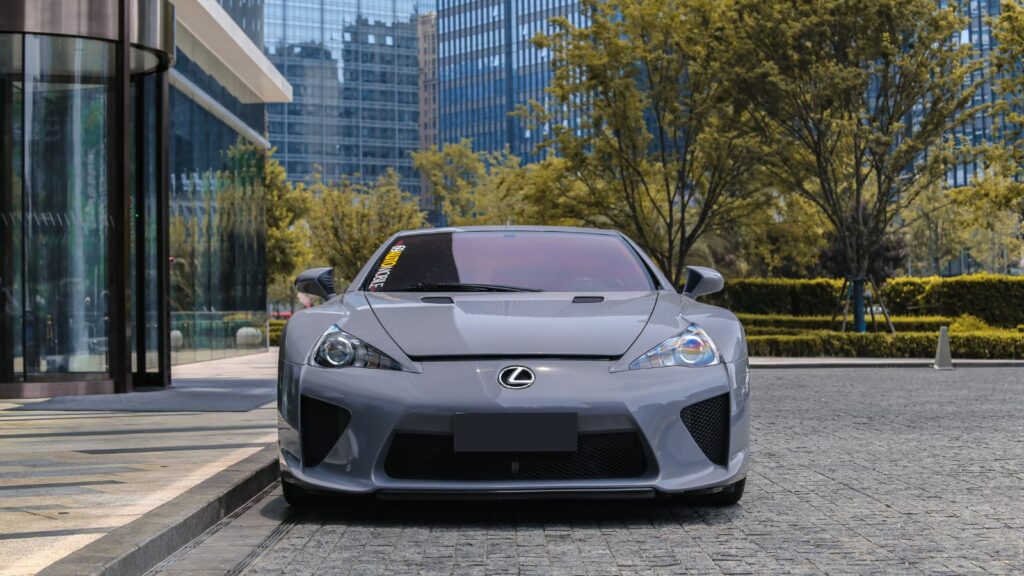On the surface, motorcycles and cars seem like very different machines. One is about lightness, agility, and compact engineering, while the other is about comfort, practicality, and broader performance. Yet over the decades, the two industries have crossed paths in fascinating ways. Motorcycle manufacturers, with their expertise in high revving, lightweight, and compact powerplants, have stepped in to help car companies create engines that were not only more advanced but often more exciting. These collaborations resulted in some of the most beloved and unique engines in automotive history. Here are eight moments when motorcycle makers changed the car world for the better.
Yamaha and Toyota
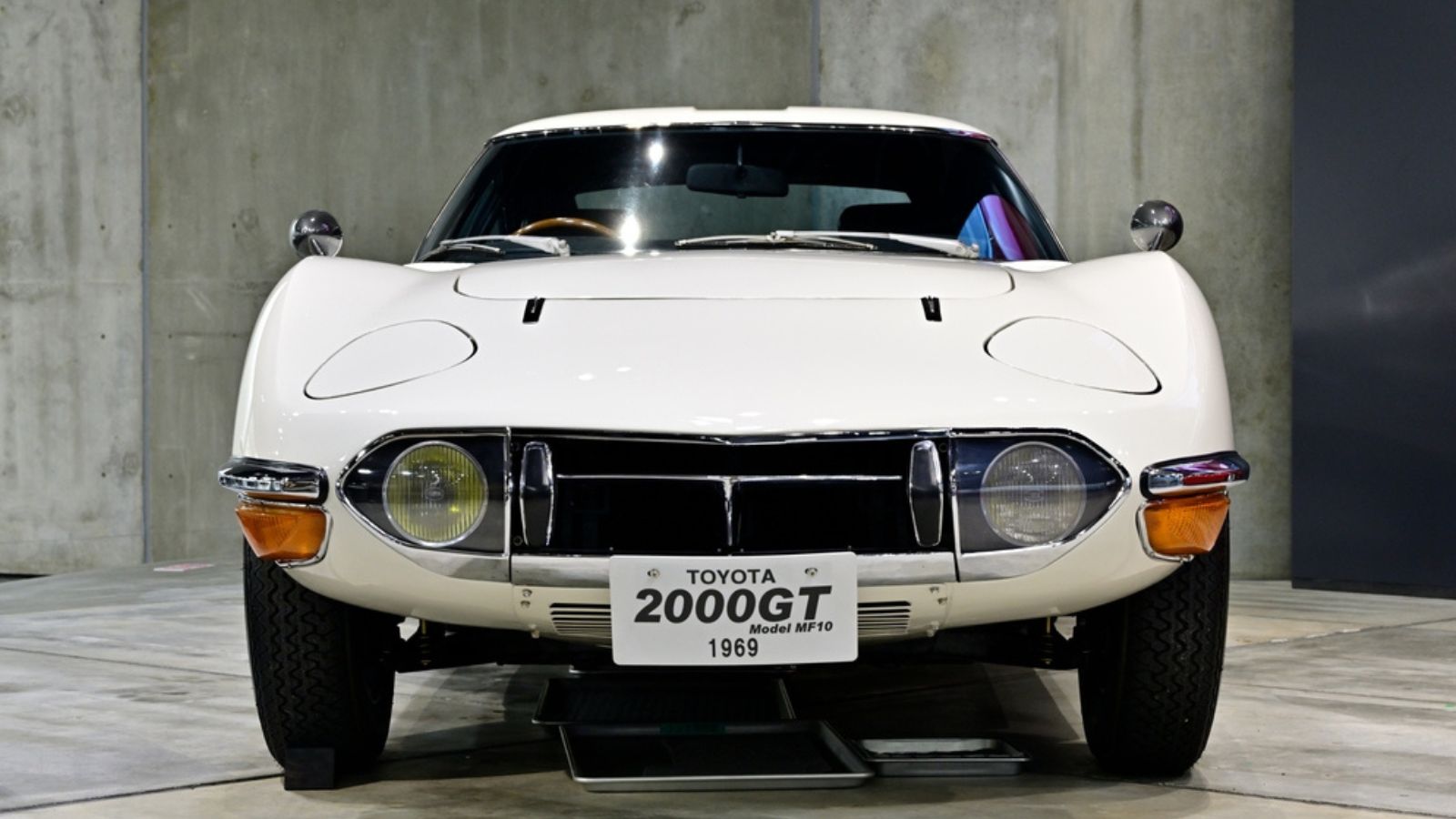
Perhaps the most legendary partnership between a carmaker and a motorcycle company is the one between Toyota and Yamaha. In the mid 1960s, Toyota wanted to build a halo sports car that could stand toe to toe with European rivals. Yamaha helped develop the straight six engine for the Toyota 2000GT, transforming what could have been an ordinary motor into a 150 horsepower, high revving masterpiece that powered Japan’s first true exotic.
But the story did not end there. Yamaha engineers later assisted Toyota in designing the twin cam 4A GE engines of the 1980s, which powered icons like the Corolla AE86 and the first generation MR2. These motors were compact, eager to rev, and had a character that screamed motorcycle DNA. Even decades later, Yamaha’s touch could be felt in the Lexus LFA’s 4.8 liter V10, where Yamaha not only helped with tuning but also engineered the car’s spine tingling exhaust note, likened to a Formula 1 engine.
Yamaha and Ford
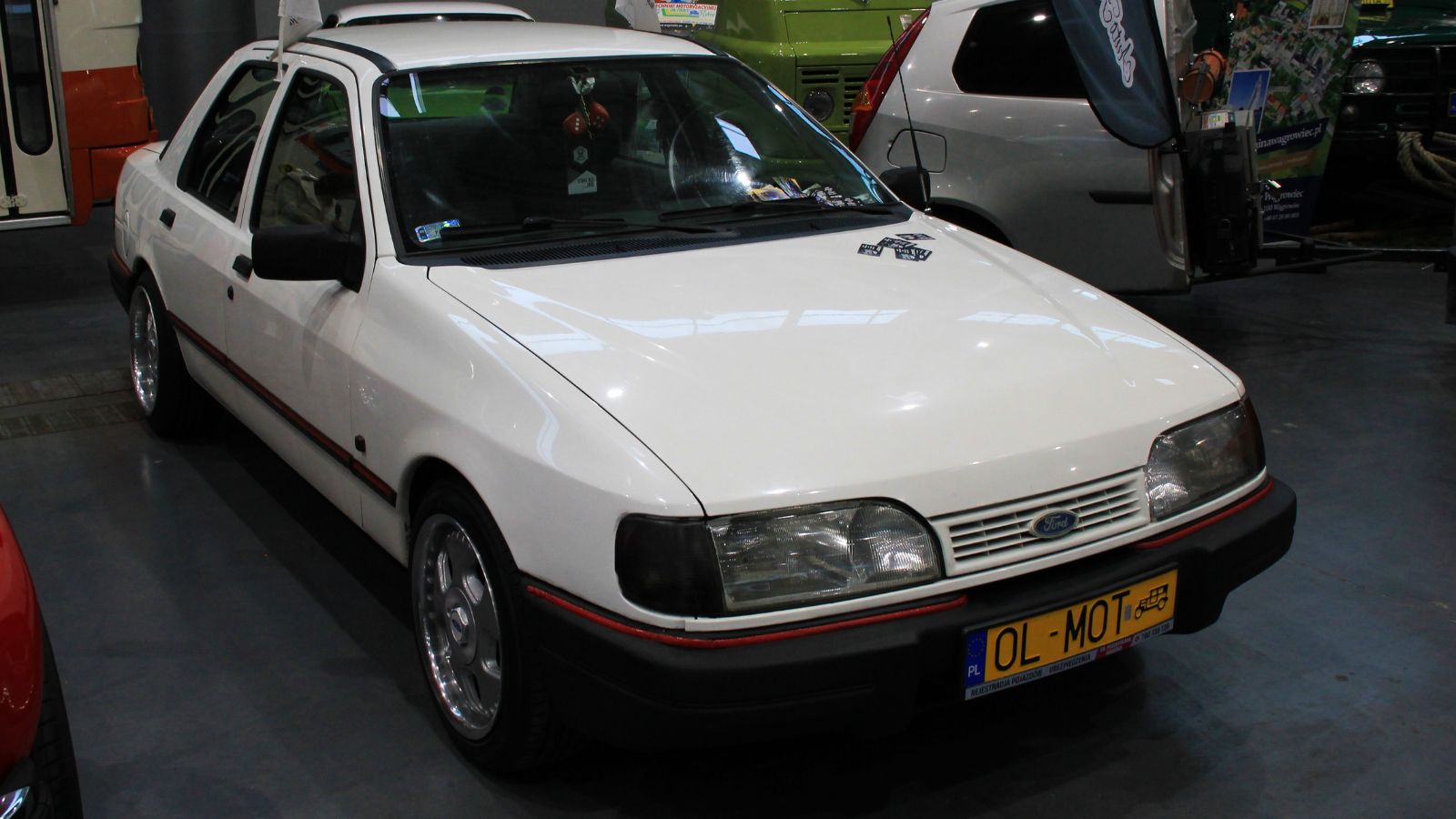
In the late 1980s, Ford was looking for a way to inject excitement into its family sedan lineup. The company’s standard V6 engines were dependable but uninspiring. Enter Yamaha. Ford contracted Yamaha to design a special dual overhead cam cylinder head and intake system for its 3.0 liter V6, creating the powerplant for the Ford Taurus SHO (Super High Output).
The result was a 220 horsepower sedan that could surprise European imports at a fraction of the price. Yamaha’s influence was clear in the engine’s smoothness, willingness to rev past 7000 rpm, and its durability under stress. Without Yamaha’s motorcycle expertise in airflow and valve design, the Taurus SHO might never have achieved its cult status as a true sleeper car.
Yamaha and Volvo
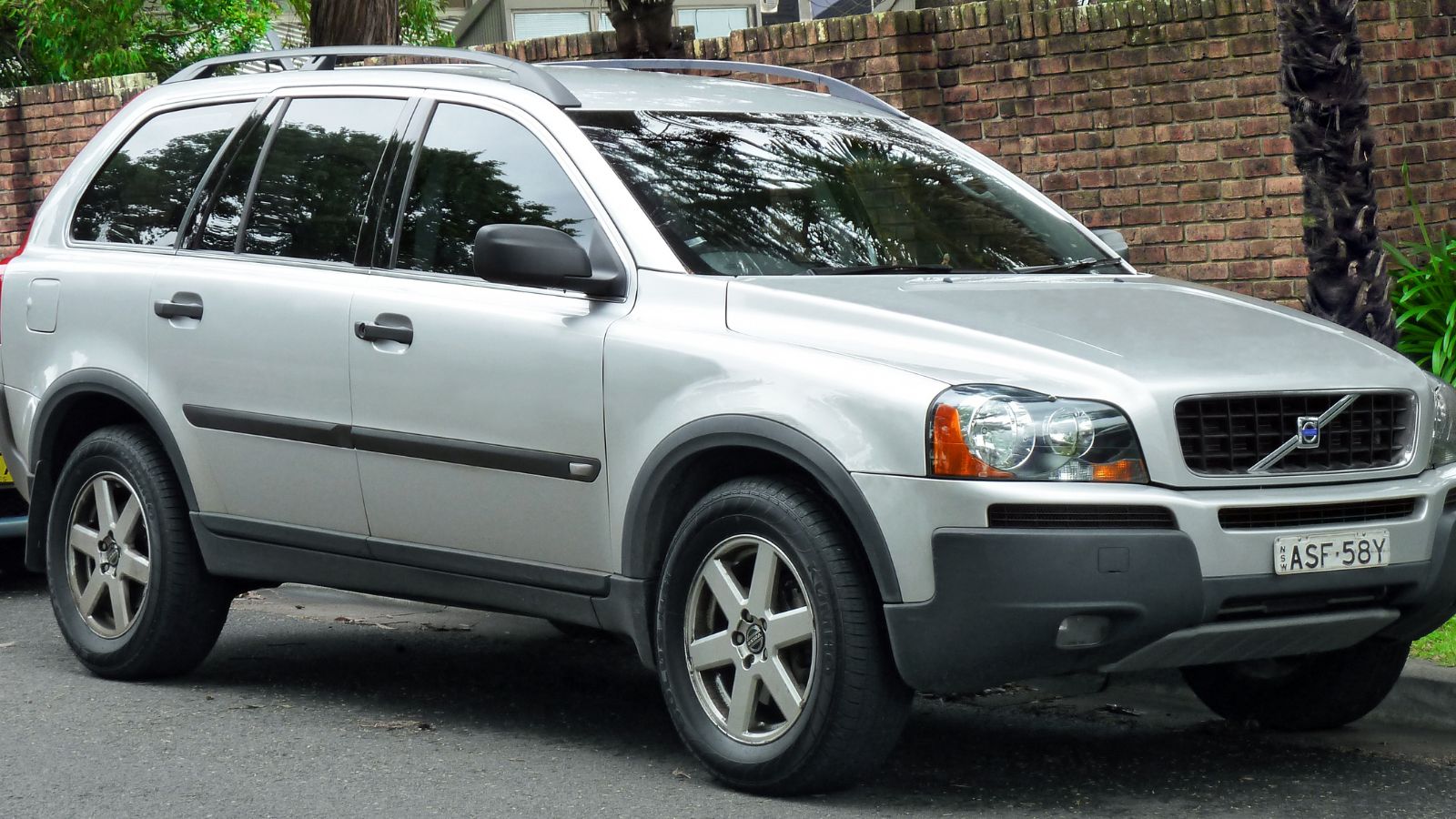
, via Wikimedia Commons, Public Domain
Volvo is known for safety and practicality, not for building roaring engines. Yet in the early 2000s, Volvo wanted to add more prestige to its lineup and needed a V8 that could fit in its front drive based platforms. This was no easy task, but Yamaha’s history of designing compact, high performance engines gave them the tools for the job.
The result was a 4.4 liter naturally aspirated V8, co developed by Yamaha, that powered the XC90 SUV and S80 sedan. The engine was silky smooth, compact enough to fit transversely, and unusually reliable for a high displacement motor crammed into a tight space. It gave Volvo a unique selling point at a time when the brand wanted to break into the luxury conversation, and it remains one of the most interesting Volvo engines ever made.
Honda Motorcycles and Honda Cars
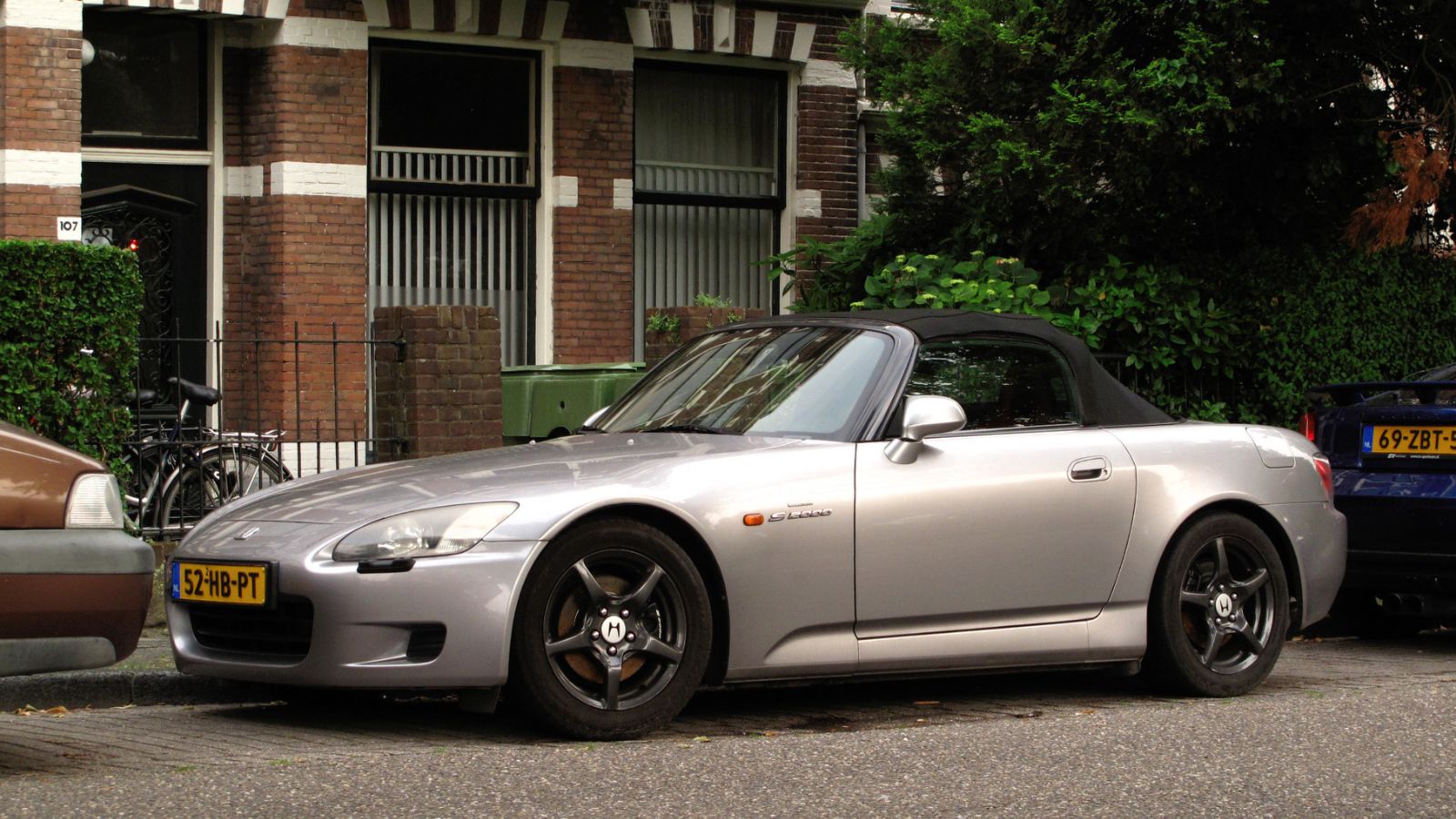
Unlike Yamaha, Honda did not just collaborate, it built both motorcycles and cars under the same roof. From the very beginning, the company’s motorcycle division influenced its car engines. Honda’s dominance in motorcycle racing in the 1960s forced the brand to innovate with high revving, small displacement engines that squeezed out impressive power.
That same philosophy carried into its cars. Legendary engines like the B16 and later the K20 and F20C were designed with the same lightweight, high revving character as Honda’s bike motors. The 8000 rpm Civic Si, the screaming Integra Type R, and the 9000 rpm S2000 all owed their DNA to Honda’s motorcycle culture. No other major automaker bridged the gap between two wheels and four quite like Honda.
Suzuki and General Motors
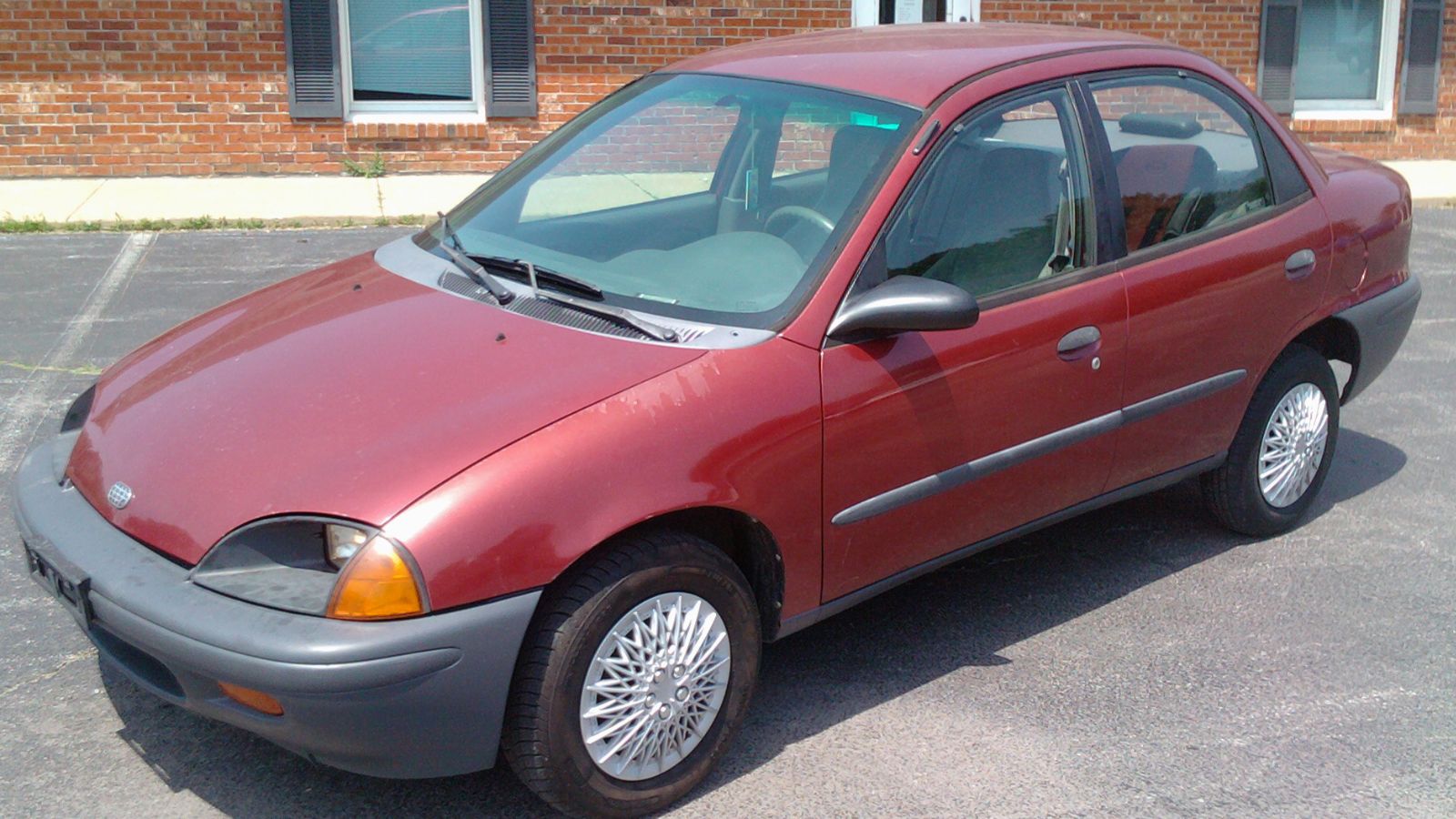
In the 1980s and 1990s, GM entered into a partnership with Suzuki that allowed small, efficient engines from Japan to find their way into North American cars. Suzuki, known for its compact motorcycle engines, brought its talent for building lightweight, durable, and fuel sipping motors into GM’s lineup.
Cars like the Chevrolet Sprint, Geo Metro, and Pontiac Firefly may not have been fast, but their thrifty three cylinder and four cylinder engines were direct descendants of Suzuki’s small bike philosophy. In an era of fuel crises and economic shifts, Suzuki’s approach to efficiency gave GM an edge it could not have achieved on its own.
Ducati and Volkswagen Group
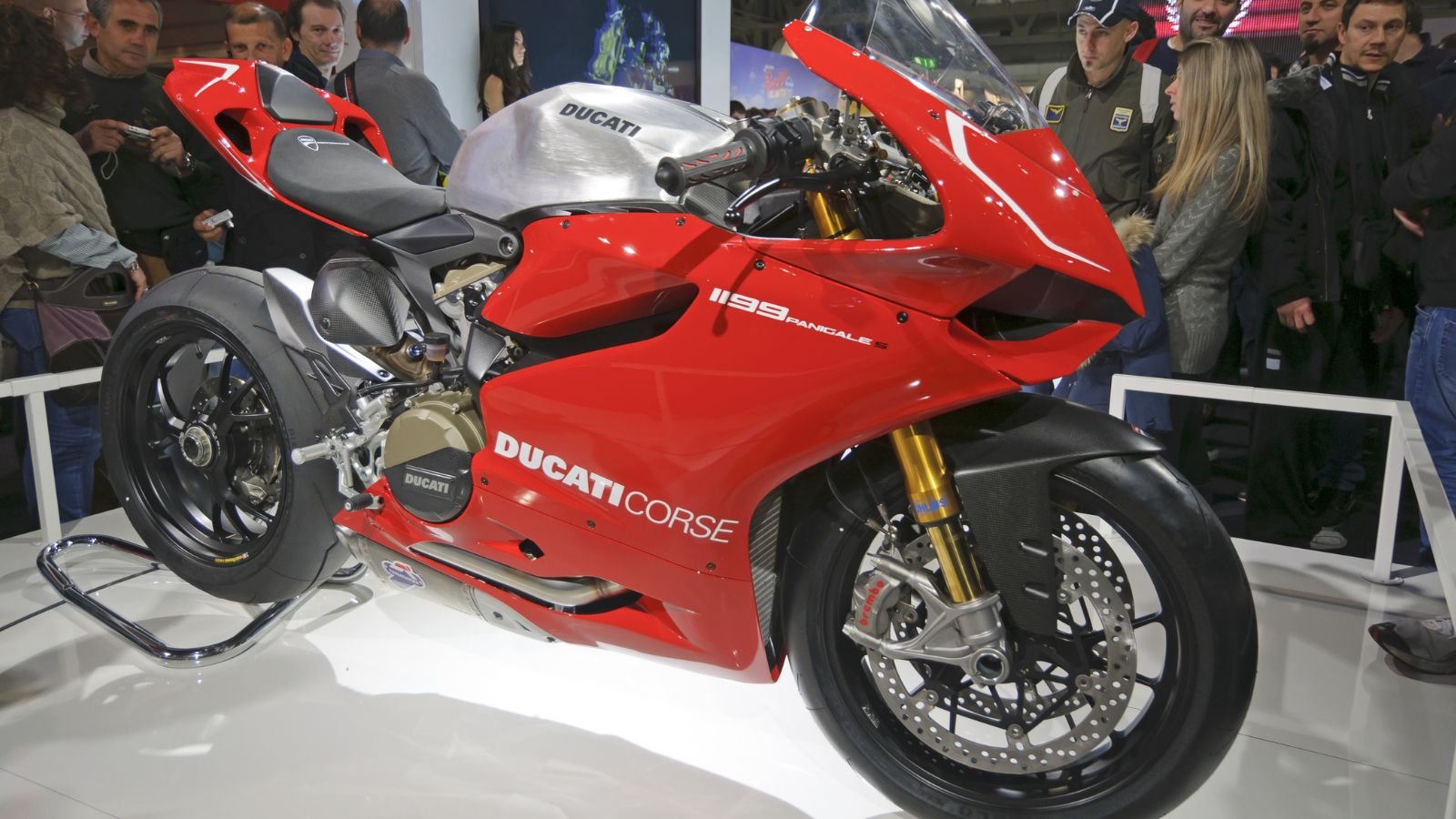
When Audi, part of the Volkswagen Group, acquired Ducati in 2012, many people assumed it was about prestige. While Ducati never directly built a car engine for VW, its engineers brought invaluable knowledge about lightweight materials, airflow, and compact performance design. Ducati’s work on desmodromic valve systems and high output engines influenced R&D within VW’s performance arm, particularly in areas like turbocharging and lightweight engine design.
Though subtle, this exchange of engineering philosophies helped the Volkswagen Group push boundaries in its smaller, high performance engines, ensuring Ducati’s know how influenced four wheelers indirectly.
Kawasaki and Mazda’s Rotary Thinking
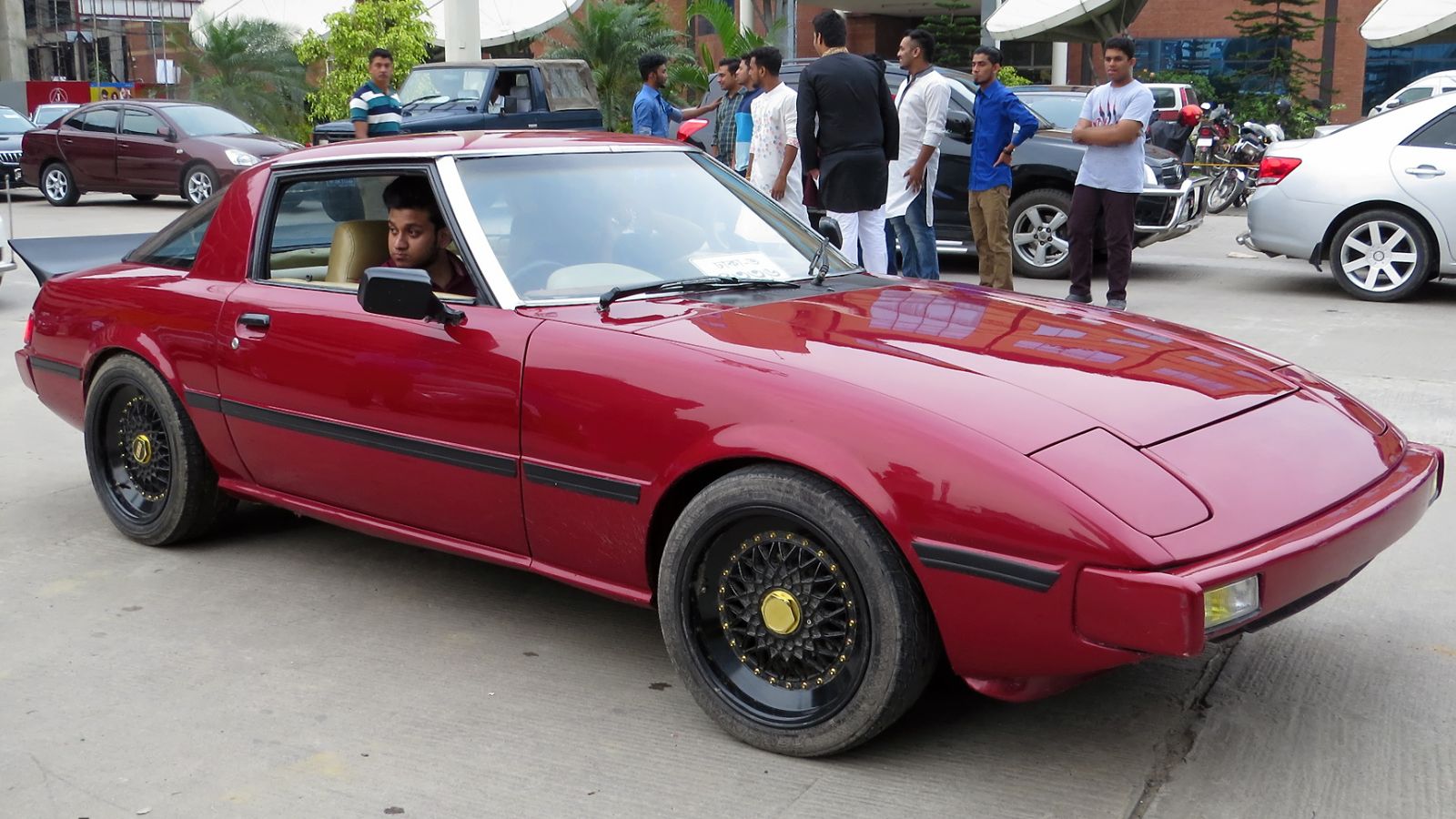
While Kawasaki never directly produced engines for cars, its expertise in two stroke motorcycle engines played a role in Mazda’s development of the rotary engine. In the 1960s, Mazda engineers studied how motorcycle engines delivered high revs and lightweight performance while maximizing output from small displacements. Kawasaki’s motorcycle philosophy inspired Mazda to refine the Wankel rotary into a reliable and exciting alternative to traditional pistons.
Cars like the RX 3 and RX 7 became famous for their motorcycle like character, lightweight, rev happy, and unconventional. This connection shows how the spirit of motorcycle design influenced car culture in ways beyond direct collaborations.
Yamaha and Lexus LFA
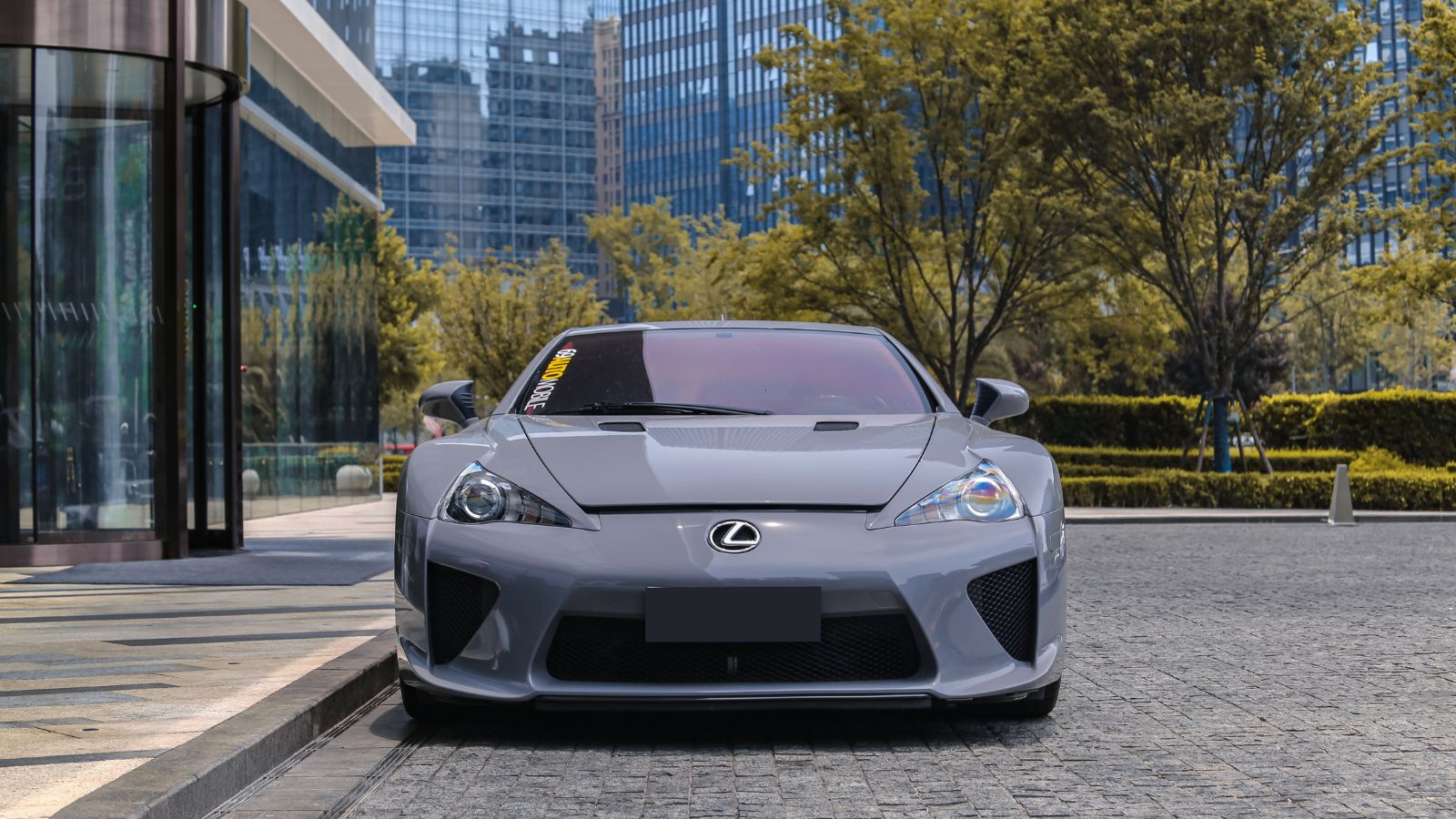
Perhaps the crown jewel of motorcycle to car collaborations came in the form of the Lexus LFA’s V10. This 4.8 liter masterpiece, developed in the late 2000s, was the product of intense collaboration between Toyota and Yamaha. Yamaha did more than just tune the engine, it designed elements of the intake and exhaust that gave the LFA its otherworldly sound.
The engine revved so quickly that Lexus had to design a digital tachometer because a traditional needle could not keep up. The noise was pure symphony, often compared to Formula 1 cars from the golden era. The LFA V10 remains one of the greatest engines ever fitted to a road car, and it is the clearest example of how motorcycle DNA can elevate a car into legend.
Two Wheels, Four Wheels, One Legacy

Motorcycle companies are often the unsung heroes of the car world. Yamaha’s collaborations alone reshaped engines for Toyota, Ford, Volvo, and Lexus. Honda’s dual expertise created some of the most thrilling small displacement engines ever sold in cars. Even Suzuki and Kawasaki left fingerprints on automotive history through their emphasis on efficiency and lightweight performance.
25 Facts About Car Loans That Most Drivers Don’t Realize

Car loans are one of the most common ways people fund car purchases. Like any other kind of loan, car loans can have certain features that can be regarded as an advantage or a disadvantage to the borrower. Understanding all essential facts about car loans and how they work to ensure that you get the best deal for your financial situation is essential. Here are 25 shocking facts about car loans that most drivers don’t realize:
25 Facts About Car Loans That Most Drivers Don’t Realize
